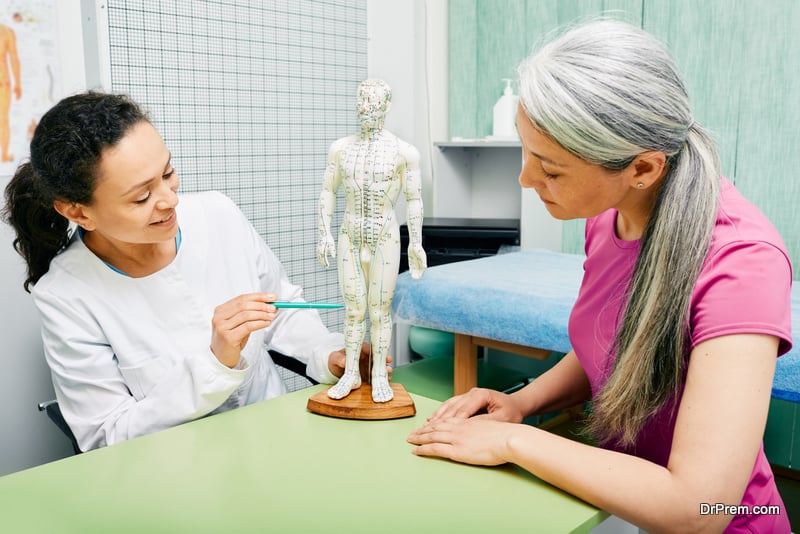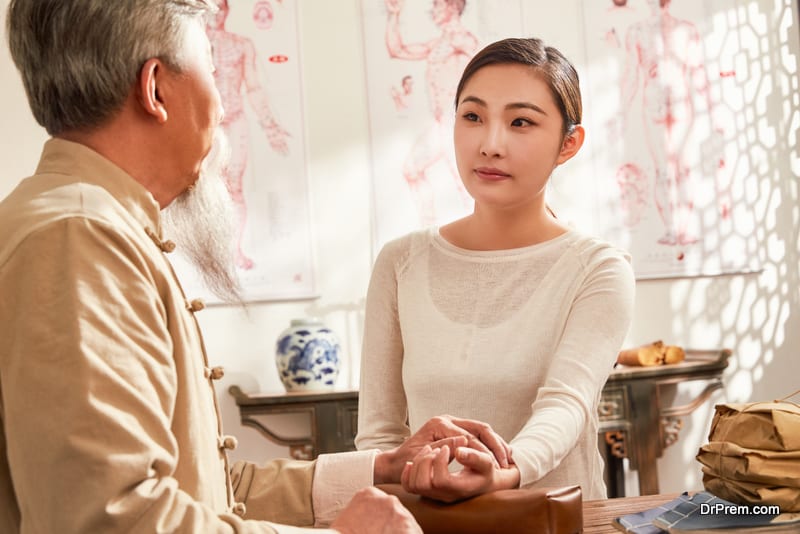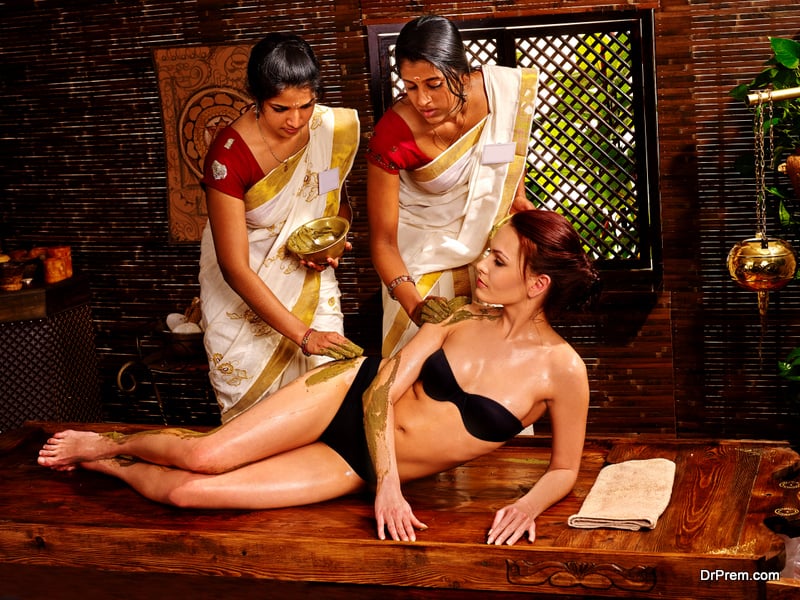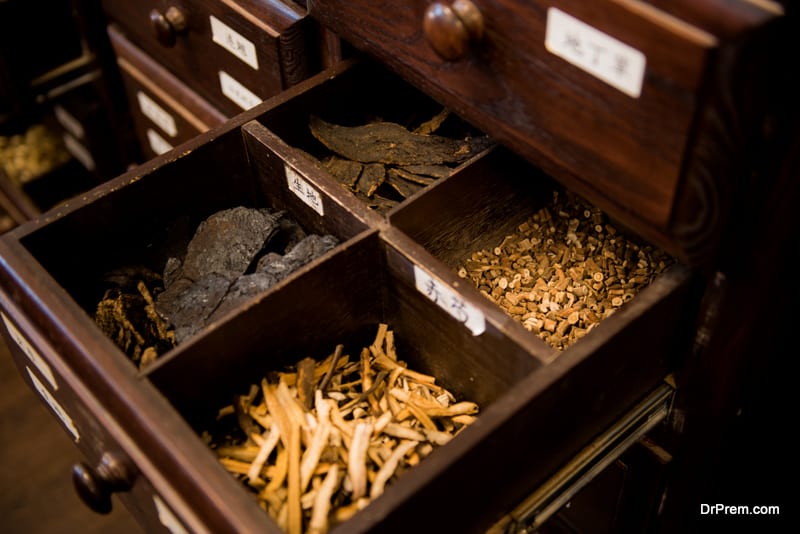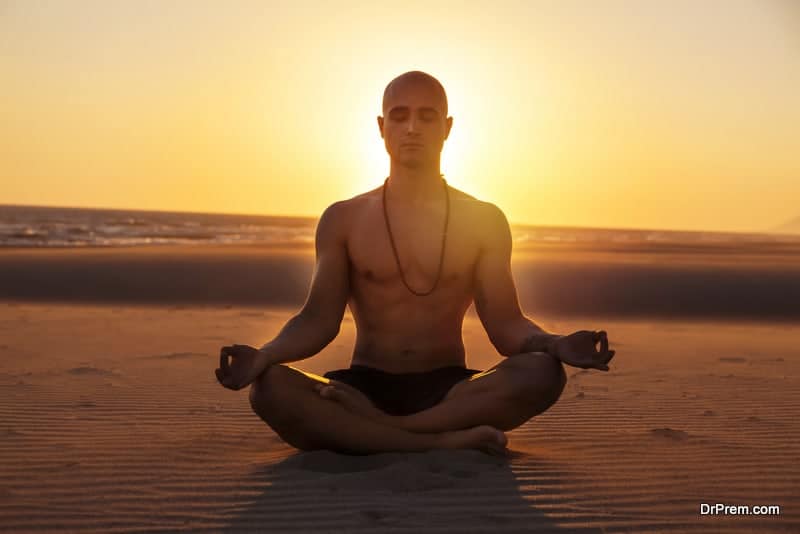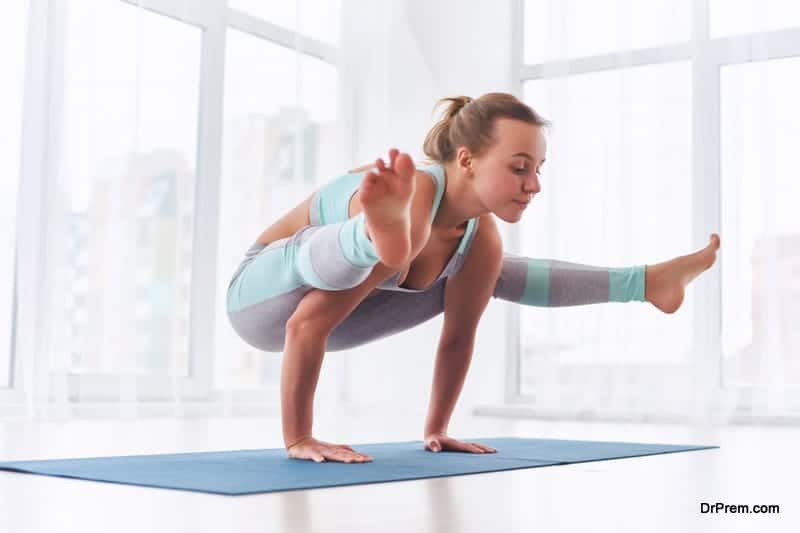Traditional Chinese medicines and therapies originated in ancient China and evolved over thousands of years. Traditional Chinese Medicines practitioners use herbal medicines and different mind and body practices like acupuncture and tai chi, to treat and prevent health problems. TCM in the wellness resort business is counted among the top wellness programs as people look for these therapies to complement conventional treatments.
TCM practices include dietary therapies, acupuncture, herbal medicines, exercise, and Chinese massage. Dating back to the 14th-11th century BC, the healing activities required to provide solutions for various ailments like swollen abdomen, eye disorders, and dental problems.
However, none of the facts attests that the Shang nobility relied on herbal remedies to cure the above-mentioned ailments. Shang dynasty had a strange predilection toward acupuncture, which is obvious through bone and stone needles that historians found in ancient tombs.
In this wellness guide, you will read about:
A Guide to Traditional Chinese Medicine : History, Principles, Types, Benefits, Methods And More
-
What is TCM?
-
What is the traditional Chinese Medicine history?
-
What is the oldest documentation of TCM?
-
How is the TCM popularity in China over the ages?
-
How TCM therapies contemporaries of Indian Ayurveda?
-
What is the Basis of TCM?
-
What are the Principles of TCM?
-
Yin Yang
-
What is Five Phase Theory?
-
What is the Purpose of TCM?
-
How Demand Continues to Grow for Chinese Traditional Medicine?
-
Normal results
-
Risks
-
Uniqueness of TCM
-
Benefits of TCM
-
Demand Continues to Grow For Chinese Traditional Medicine
-
What is the Relevance of TCM?
-
What is Integrated treatment approach?
-
What are the Treatment methods of TCM?
-
Acupuncture
-
Moxibustion
What is TCM?
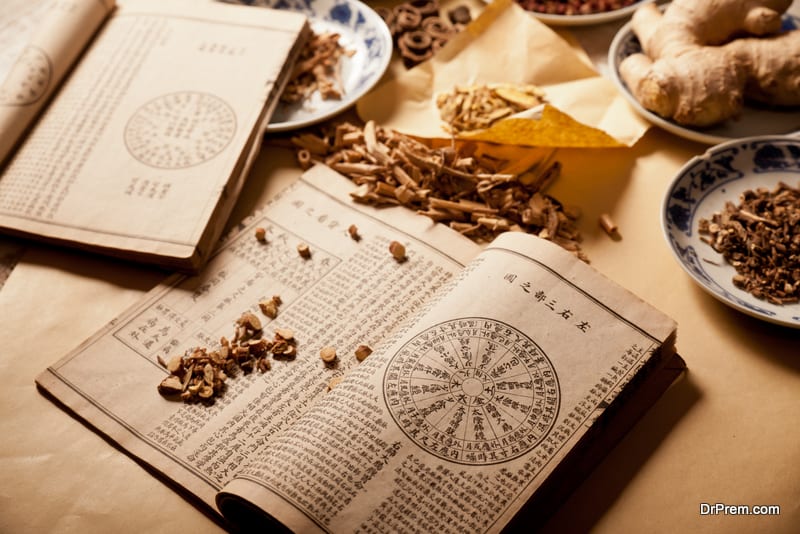
As the name suggests, the Traditional Chinese Medicine (TCM) originated in China encompasses a wide domain of natural and alternative medicinal procedures, a tradition practiced since more than 2000 years and is still very much in vogue in oriental and western countries. TCM includes herbal medications, acupuncture, acupressure, Tai Chi, Tui Na (massage therapy), Qi Gong (exercise therapy) and diet therapy. Traditional Chinese Medicine adopts a natural approach aiming for complete cure without the intervention of conventional medicinal procedures.
What is the traditional Chinese Medicine history?

Traditional Chinese Medicine history, dating back to the Shang dynasty, indicates that the therapeutic activities sought to provide solutions for various diseases and disorders like bloated abdomen, eye disorders, and toothaches. Nevertheless, none of the evidence attests that the Shang nobility relied on Traditional Chinese Medicine herbs or herbal remedies to cure the above-mentioned diseases.
In the second or first century BC, Shang citizens developed a special liking for medical lancing and acupuncture. During its historical development, TCM had been quite instrumental in ensuring the health of Chinese people by relying on certain practical experiences and theoretical systems.
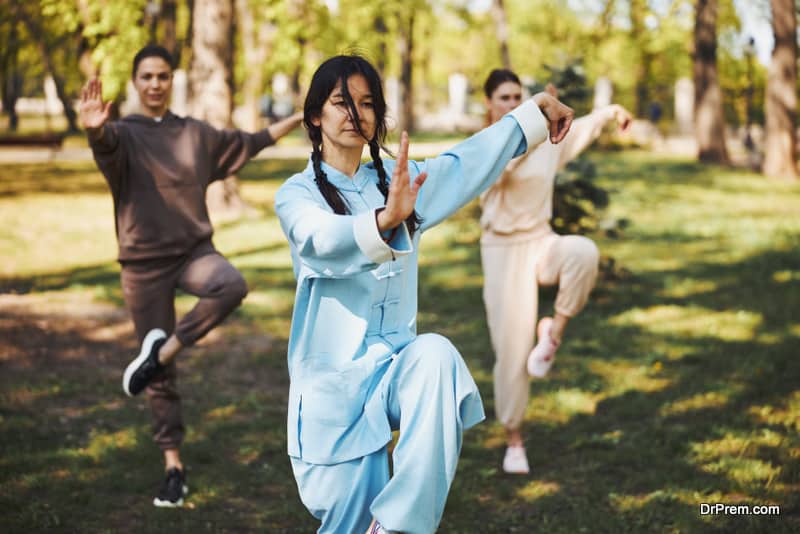
Over the years, several medicinal and therapeutic practices flourished in China. The concept of Yin and Yang presented itself in the ancient Shang dynasty, and primarily focuses on the abstract and complementary aspects of body parts, e.g. the upper body and back are allotted to yang and the lower body is assigned to the yin character. The Five Phases draws a distinct correspondence between the Universe and human body, thus contributing to bring the Zang-Fu into existence.
Other therapeutic practices like Qi, Xue, Jinye, Oriental massage (Tui Na), electroacupuncture, cupping, GuaSha and Die-da became highly effective therapies to reckon with in later years.
Traditional Chinese Medicine market in wellness tourism is boosted by the recent interest of people oll over the world in alternative healing systems especially TCM as it includes several modes of natural treatment.
What is the oldest documentation of TCM?
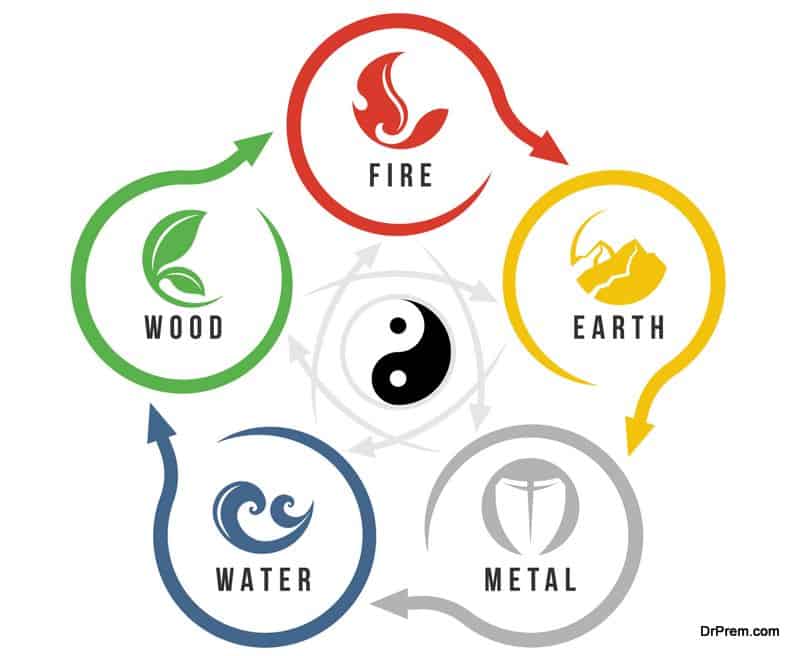
Texts highlighting on drug therapy have been compiled in the Treatise on Cold Damage Disorders and Miscellaneous Illnesses by Zhang Zhongjing around 196 and 220 CE. This is a much-advanced version of the medical text written during the end of Han dynasty that also fused the doctrine of Yin Yang and Five Phases along with drug therapy. Gradually, in the successive centuries, a complete medical system in China was compiled in advanced texts on various therapies including Traditional Chinese Medicine herbs and Yin Yang doctrines in a more organized manner providing strong analysis highlighting the causes and benefits clearly.
How is the TCM popularity in China over the ages?
Owing its origin to the Taoist tradition, the philosophy of TCM is ancient, with some claims placing it well into the pre-historic era. Since the followers of Taoist tradition believed in the miraculous effects of meditation, they were able to observe the flow of energy within their bodies. Chinese inhabitants utilized stone needles as instruments to heal complicated ailments. Dubbed as Bian Stone, the sharp-edged stone were the first instruments used in Acupuncture.
During the period of Haung Di, the Chinese Medical Arts became an inseparable part of The Nei Jing (The Yellow Emperors Classic of Internal Medicine). The Yellow Emperor’s Internal Canon of Medicine has the first ever mention of nine Acupuncture needles: all of varying functions and shapes. Further, the Warren States era hinted at the use of metal needles, which replaced the Bian Stones for use in Acupuncture and Moxibustion.
By this time, the Qi concept of channels, meridians and conduits had become quite popular; however, the specific anatomical locations of acupuncture came into existence much later. Alongside massage, diet, herbs and moxibustion, acupuncture went on to become one of the most standardized therapies that eclipsed others substantially.
However, from the seventeenth century onwards, the Chinese people’s interest in acupuncture suffered a decline since folks started to question the logic behind this therapeutic practice. In 1822, the Emperor excluded Acupuncture from the Imperial Medical Institute, which was a direct outcome of China’s acceptance of Western medicine. With its aim to revive the lost charm of acupuncture, the Communist government reinstated acupuncture with other traditional therapeutic practices.
Traditional Chinese Medicine market in wellness tourism is experiencing growth steadily as people seek holistic treatment in China as well as other countries.
How TCM therapies contemporaries of Indian Ayurveda?
It won’t be an exaggeration to affirm that traditional Chinese medicinal and therapeutic practices are contemporaries of Ayurveda. Traditional Chinese Medicine practices include dietary therapies, acupuncture, herbal medicines, exercise (qigong), and Chinese massage (Tuina). Various Chinese medicinal treatises have their source rooted in cosmological notions like yin-yang and the five phases, the Treatise on Cold Damage and the Yellow Emperor’s Inner Canon.
What is the Basis of TCM?
TCM is founded on the 5-element theory- air, water, fire, earth and ether. The concept of ‘ chi ‘ which denotes life force or energy is very different from western ideas. The flow of chi is spontaneous, and when it is blocked, we fall sick. TCM methods are natural and non-invasive.
In case of cancer, a western doctor will suggest chemotherapy or radiation or surgery in case of other disorders.However, it is likely that a traditional Chinese doctor will suggest acupuncture or dietary modifications.TCM looks forward to curing the root cause of the disease and not merely the symptoms.
In the western medical philosophy, patients with similar physical or mental disorder complaints receive same treatment. However, TCM believes that identical diseases may have different causes.
The holistic approach of treatment through traditional Chinese medicines can help the patient to recoup lessening the dependency on allopathic medicine and so the Traditional Chinese Medicine market in wellness tourism is increasing as people want to depend less on allopathy.
What are the Principles of TCM?
Traditional Chinese Medicine is primarily based on the doctrine of Yin Yang and the Five Phases.
Yin Yang
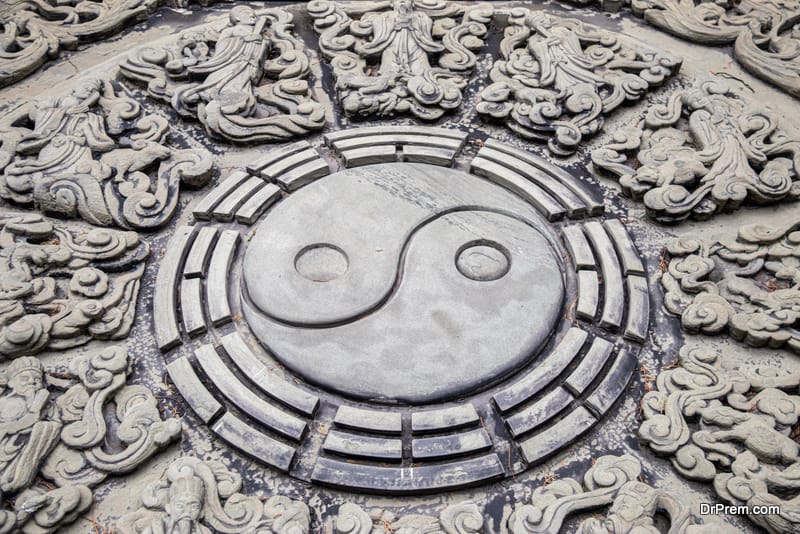
What is Five Phase Theory?
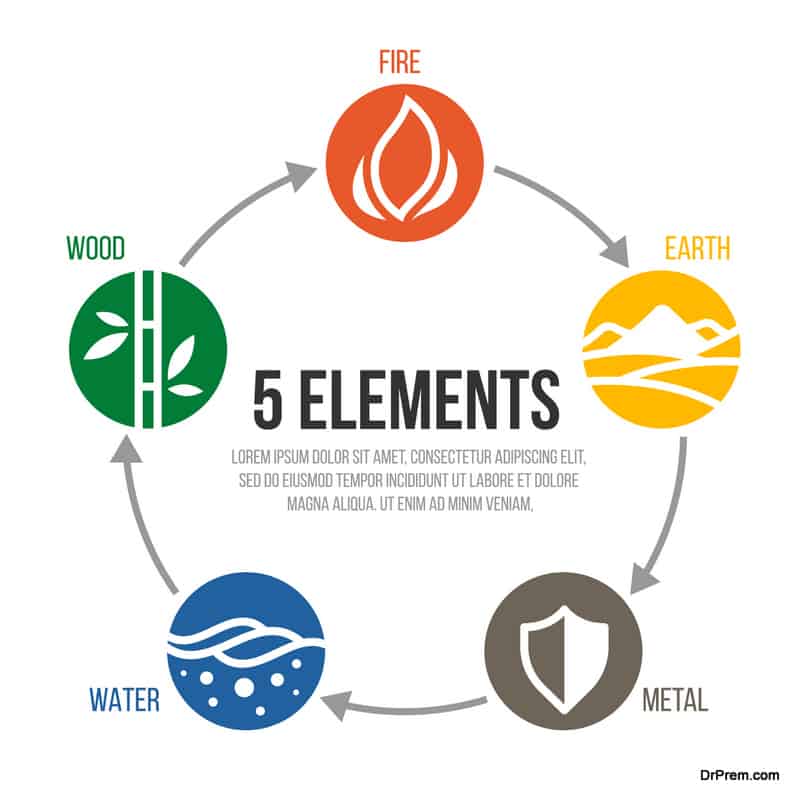
Above all theories, TCM’s principle lies in the fact that body’s vital life energy (Chi or Qi) always flow through specific points or meridians of the body well connected through different branches. It is this vitality or energy force that enables normal physiological functions (like breathing, digestion etc) required to maintain a healthy body. These functions are identified and the organs related to these functions are categorized under a special functional entity. TCM follows five such functional entities like qi, xue, six fu organs, five zang organs and the meridians spread over our body. The symptoms are diagnosed based on these functional identities and therapies administered accordingly. All these functional entities are interrelated to each other, and any disruption in the energy flow gives rise to disease.
Inclusion of Traditional Chinese Medicine in wellness resort consultancy is increasing worldwide as people are looking for natural therapies to boost health by balancing their energy force.
What is the Purpose of TCM?
TCM looks upon health in its entirety and doesn’t focus just on components that require immediate repair. It has its unique concepts of anatomy, health, and treatment.
The chief tools against a disease can take various forms like:
– Acupuncture.
– Diet regulations and prevention.
– Herbal medicines.
– Massage.
– Exercise.
It emphasizes triggering the body’s natural curative potential.
Precautions

Normal results
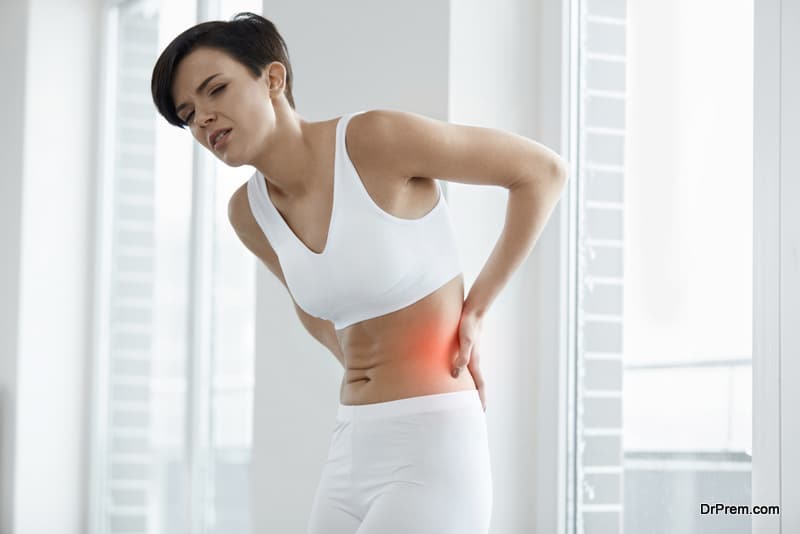
Risks
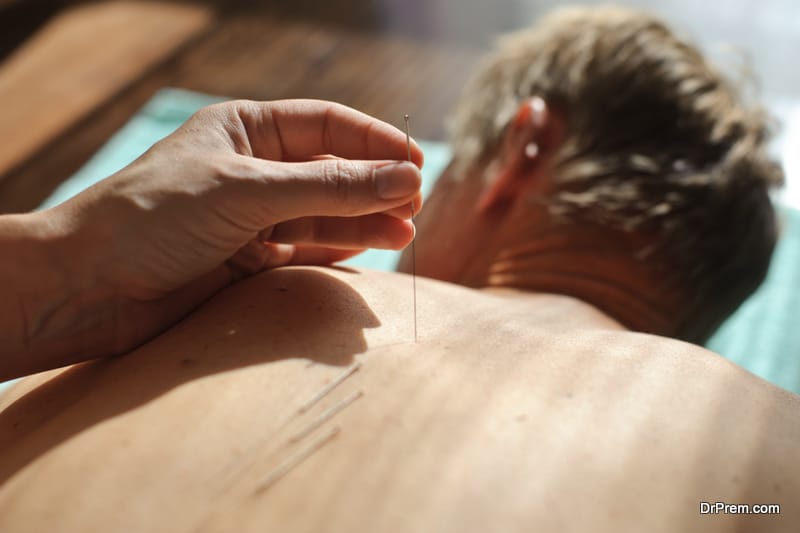
Uniqueness of TCM
TCM is way different from western medicines. Since the early Chinese doctors were philosophers as well, their total perspective of the world and the role of human beings in it affected the treatment. In the western world, diseases are treated analytically and of course rationally. But the traditional Chinese doctors take up a humane approach. Rapport with the patient is very important.
Benefits of TCM

Demand Continues to Grow for Chinese Traditional Medicine

On the other hand, a holistic medicine represents a philosophy that all the properties of a given system covering physical, social, and biological elements cannot be fully determined by the component alone. It’s best to have a full blown comprehensive approach to a health disorder. It is a system as a whole that determines how the parts coordinate and function together to achieve the overall goal of mental and physical wellbeing.
Traditional Chinese medicine in wellness resort consultancy is being included to keep up with the interest shown in TCM by wellness seekers.
Relevance of TCM
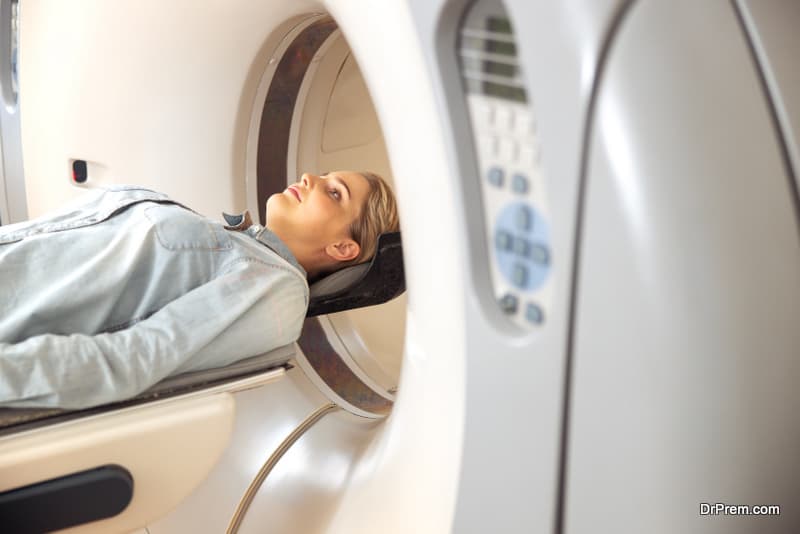
The bottom-line symptoms are studied and medications delivered.If it doesn’t work, blood test and CT scan of the head is advised. If it still doesn’t work to cure the disease, the case is referred to a specialist. The primary attention of the allopathic doctor is to reduce the sufferings immediately and give the patient comfort. Now, here holistic treatment comes into the scene. Long term results of a disease can be addressed through holistic approach of TCM and the root of the headache has a chance to be revealed.
Integrated treatment approach
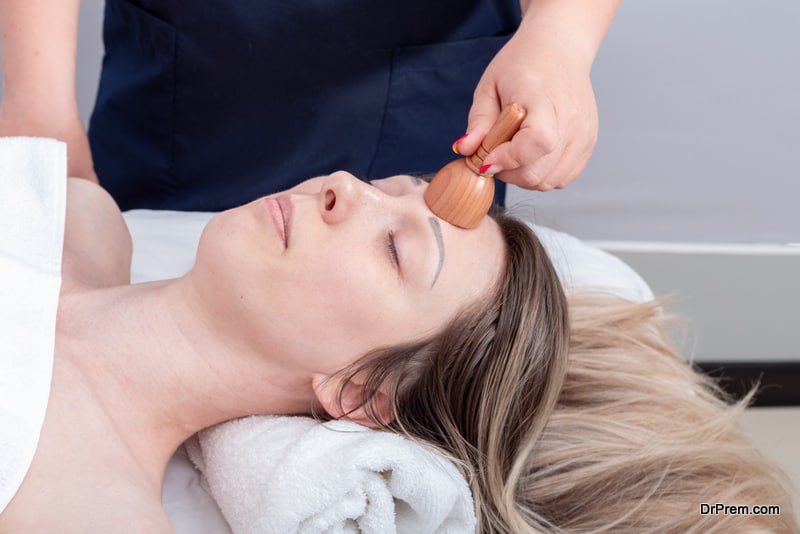
An MBBS doctor practice allopathic treatment, whereas a natural medical practitioner takes up a holistic approach in curing a disease.
It should rather be an integrated treatment package where the combined system finds use in delivering the best of both to the patient. Here a relevant noteworthy point is the patient’s involvement in the entire treatment process. The more involved is the patient making choices regarding healthcare more foreseeable it becomes to read the results of the treatment.
It must be borne in mind every medical practitioner no matter which school of thought he belongs to can actively contribute towards enhancing your health provided he is contacted at the right time.
Treatment methods of TCM

In Acupuncture, fine needles are inserted through the skin at specific points or meridians of the body connected to Zang Fu organs to channelize the energy flow throughout the body. This may be followed by herbal application, electrical stimulation or massaging (following Tui Na techniques) depending upon the patient’s requirement.
Herbal medicinal applications are generally formula applications where more than one Traditional Chinese medicine ingredients such as one herb, or herbal extracts or herbs are mixed in specific proportions for suitable application. About 400 types of herbs are used in Chinese formula applications. Each formula may involve a mix of 5-15 herbs and devising a special formula may take years. Herbal applications can be taken in the form of teas using dried leaves, through specially formulated pills or raw extracts. The reactions of the herbs with the Zang Fu organs are carefully studied and dosages monitored accordingly.
Qi Gong treatment is applied through a number of physical movements stressing highly on mental concentration to restore the Yin Yang flow maintaining the balance between the Zang Fu organs and the meridians. This is an age-old practice aimed in bringing about the perfect mind-body harmony generating the Qi force for healthy functioning of the body. This treatment also involves massaging specific parts of the body focusing to balance the Qi force. The patient can take the treatment in sitting, standing and lie-down positions.
Acupuncture
Introduction
The philosophy of acupuncture came into existence some 8,000 years ago. The Taoist tradition followers believed in the amazing effects of meditation, they were capable of examining the flow of energy within their bodies. In the Stone Age, when Chinese people used to utilize stone needles to heal complex ailments. Afterward, during the Haung Di period, the Chinese Medical Arts became an inseparable part of The Nei Jing. In 1822, the Emperor barred Acupuncture from the Imperial Medical Institute. However, afterward, it became a main therapeutic practice in other Asian countries.
Acupuncture is an alternative form of medicine and is the essential element of traditional Chinese medicine (TCM). The fundamental technique involved is the insertion of needles into the body through identified acupuncture points. It is also connected with the application of heat, laser and pressure on these points and commonly applied as a remedy for pain relief and a range of other ailments.
There exists a diverse range of acupuncture methods that have their sources in different schools of philosophy. However, the traditional Chinese method has been adopted in the US and other countries as well. Acupuncture is a safe mode of treatment but should be used by trained hands. It involves the application of single-use sterilized needles. There is an age-old belief that the efficacy of the system would largely depend upon the lunar, celestial and other natural and cosmic cycles, the pair of yin and yang energies and the rhythm of the body of the patient to whom the treatment is delivered.
History
Acupuncture is certainly one of the oldest medical practices among the traditional Chinese medicine. It featured in the ‘ Yellow Emperors classic of internal medicines ‘ known as Huangdi Neijing around 100 BC. From the excavations in the tomb of Liu Sheng around 100 BCE, gold and silver needles were unearthed which might have been the earliest confirmation of the acupuncture practice. Another theory goes that the historical record of acupuncture was in Shih Chi written by a historian around 100 BC. It is thought that the text documented the medical practice prevalent at that time.
The famous 5000 years old mummified carcass of the Otzi iceman was dug up with an evidence of 15 groups of tattoo marks. This suggests that a treatment very similar to acupuncture was being practiced in Europe as well 5000 years ago.
The practice of acupuncture is believed to have been prevalent in the Neolithic Era as well using pointy headstones called Bian Shi. According to the historians Lu Gwen Djen and Joseph Needham, there is enough evidence that acupuncture was a regular medical practice around 600 BC.
Principles

The acupuncture meridians have both positive and negative orientation called the Yang and Yin energies. These two are complementary and one cannot exist in the absence of the other. One is male and the other is female with energies of opposite nature radiating from them.
Yin energies flow through hollow organs like intestine and stomach. Yang flows through solid organs like the heart and liver. In a healthy person, the yin and yang are in dynamic equilibrium. The net energies of these opposite nature balance each other. In a sick person, the energies get out of balance. Acupuncture is needed to control the meridians for the restoration of balance.
Methods
Very thin needles slightly thicker than the human hair is penetrated in the skin through the acupuncture points. The basic objective is to regularize the flow of Chi. This regularization would bring the Yang and Yin energies to a state of dynamic equilibrium improving the condition of the patient. For example, back pain can be eliminated shortly after application of acupuncture.
The selection of the acupuncture points is crucial to curing the disease. This can be achieved by an experienced acupuncturist. He is acquainted with the function of each acupoint and their interaction with other acupoints, which is the key to success of this kind of treatment.
Benefits

– Reduces stress .
– Infuses you with vital energy.
– Clarifies the thought process.
– Gives a relaxed break to gather energy.
– Helps get deep and peaceful slumber.
– Helps think positively about food choices.
– Helps accept changes and innovations.
– Makes you more composed.
– Builds endurance.
– Boosts confidence.
Moxibustion
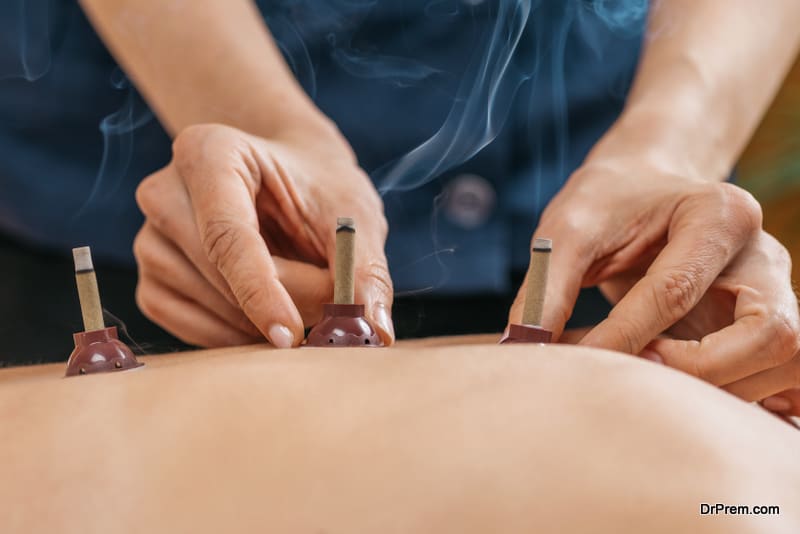
Principle
According to the principle of Yin and Yang as in Traditional Chinese Medicine, moxibustion aims at treating disorders by regulating imbalances in these energy forces. When these energies are in a state of equilibrium it helps to promote good health. It uses the meridian system, self-adjustment, self-recovery and promotes healing.
Moxibustion uses heat application to the Acupuncture points by using moxa sticks and cones made of a small spongy herb, mugwort (Artemisia vulgaris) to promote healing. These sticks are specially designed therapeutically and have aromatic essential oils to add to the healing effect of heat. A lighted moxa stick is applied on the specific points on the body, which transmits heat deep into the muscles and brings relaxation. With the help of this heat is applied to the body according to the tolerance levels. Once the threshold is reached, the body shows signs and increases the blood circulation.
What are the Treatment methods of TCM?
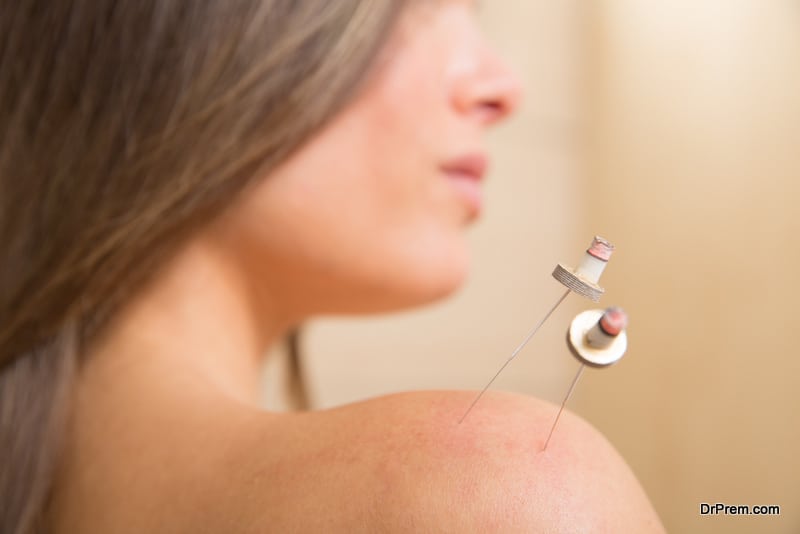
Benefits
Moxibustion is believed to increase white blood cells, red blood cells, hemoglobin and improve overall blood circulation. It is used in treating chronic ailments. It is used in conditions that require muscle relaxation, reducing body pain, reliving menstrual cramps, pain during labor and also to reduce stress.
Moxibustion is believed to treat conditions like anxiety, depression, insomnia, stomach and digestive disorders, arthritis and bone disorders, muscle and joint problems and complaints during labor pain.


